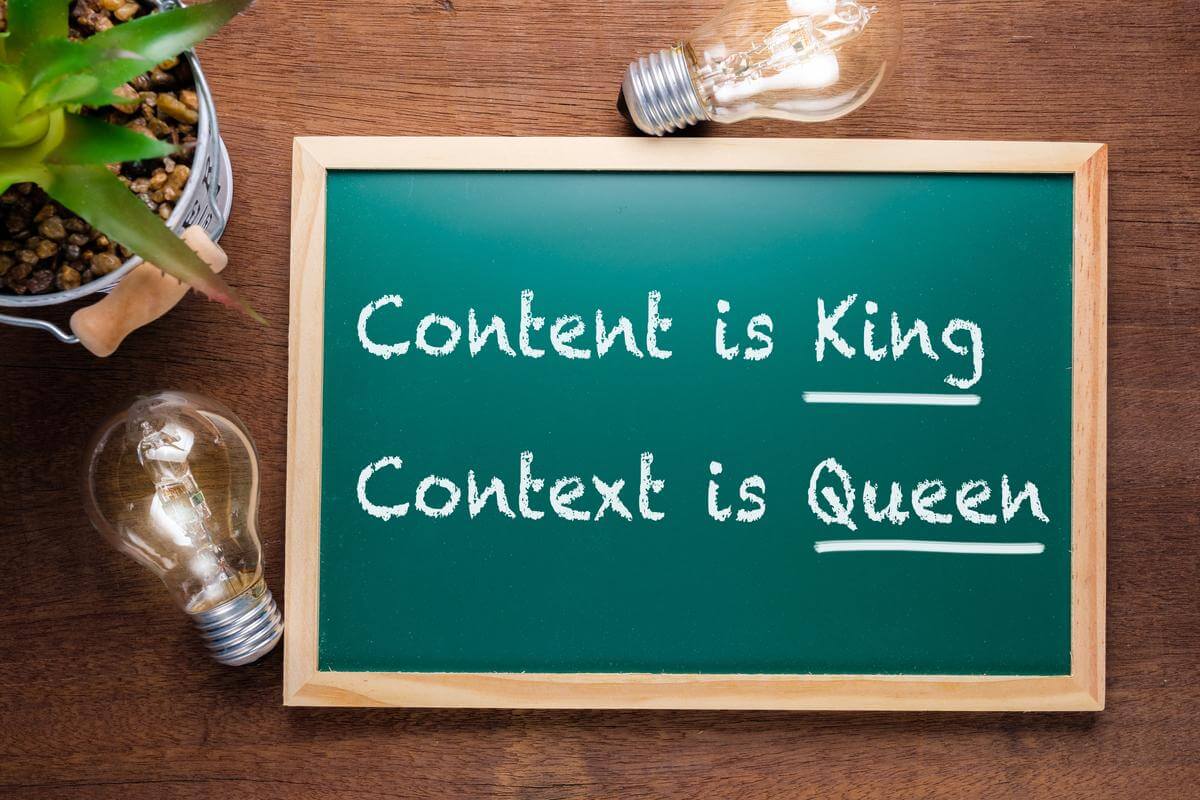
Language acquisition is a complex process that involves many aspects of human cognition. Semantics, the study of meaning in language, plays an important role in this process. Semantics involves the study of how words and phrases convey meaning, and how different meanings can be expressed through language. Understanding semantics is crucial in language acquisition, as it helps learners make sense of the language they are learning and communicate effectively. In this blog post, we will explore the basics of semantics, and how semantics plays a role in language acquisition. We will also look at specific aspects of semantics, such as the role of semantic mapping in vocabulary acquisition, the relationship between semantics and syntax, and how context affects semantic interpretation. Finally, we will discuss how semantics is taught and assessed in language acquisition, and future directions for semantic research.
The Basics Of Semantics
Semantics is the study of meaning in language. This includes not only the meanings of individual words, but also how words are combined in phrases and sentences to convey different meanings. Semantics also includes the study of concepts and their relationships, and how these concepts are represented in language. For example, the concept of “dog” is represented in language by the word “dog,” but also by other related words and phrases, such as “puppy,” “pooch,” “canine,” and “man’s best friend. ”
Semantics can be divided into two main areas: lexical semantics and compositional semantics. Lexical semantics is concerned with the meanings of individual words and how they are related to other words. Compositional semantics is concerned with how words are combined to form phrases and sentences, and how these combinations create meaning. Both areas of semantics are important in language acquisition, as learners need to understand both individual words and how they are used in different contexts.

How Semantics Relates To Language Acquisition
Semantics plays a crucial role in language acquisition, as it helps learners make sense of the language they are learning. When learners encounter new words or phrases, they rely on their knowledge of semantics to understand what these words mean. For example, if a learner encounters the word “tree” for the first time, they may not know what the word means initially. However, they can use their knowledge of other words and concepts to figure out the meaning of “tree. ” they may know that trees are typically found outdoors, have leaves and branches, and are used for shade and environmental purposes. By putting this knowledge together, the learner can form an understanding of what “tree” means.
Understanding semantics is also important for communication. When learners are able to understand the meanings of words and phrases, they can effectively communicate with others in the language they are learning. If learners are unable to understand the meanings of words and phrases, they may struggle to understand what others are saying, and may have difficulty communicating their own ideas.
The Role Of Semantic Mapping In Vocabulary Acquisition
Semantic mapping is a useful tool for vocabulary acquisition, as it helps learners understand the relationships between words and concepts. Semantic mapping involves creating a visual representation of the meanings of words and how they are related to one another. For example, learners may create a semantic map for the word “tree,” which includes related words and concepts such as “wood,” “leaves,” “branches,” “forest,” and “climbing. ” by creating a semantic map for a word, learners can see how different words and concepts relate to one another, and can better understand the meaning of the word.
Semantic mapping can be used in both the classroom and at home to help learners acquire new vocabulary. Teachers can create semantic maps for new vocabulary words, and ask students to create their own maps as a way to reinforce their understanding of the words. Parents can also create semantic maps for their children, and encourage them to use these maps as a way to help them remember new words and concepts.
The Connection Between Semantics And Syntax
Semantics and syntax are closely related, as the meaning of a sentence depends on both the words used in the sentence and how they are combined. Syntax refers to the rules for how words are combined to form phrases and sentences. Semantics refers to the meaning of words and phrases, and how they are used to convey different meanings.
For example, consider the following sentence: “the cat chased the mouse. ” this sentence has a specific meaning, which is based on the combination of words and their meanings. If we change the syntax of the sentence, the meaning changes as well. For example, if we change the sentence to “the mouse chased the cat,” the meaning is completely different. Similarly, if we change one of the words, the meaning changes. If we change “cat” to “dog,” the meaning becomes “the dog chased the mouse. ”
Understanding the relationship between semantics and syntax is important in language acquisition, as learners need to be able to understand how the meaning of a sentence depends on both the words used and how they are combined.

How Context Affects Semantic Interpretation
The meaning of words and phrases can be affected by context. Context refers to the situation or environment in which language is used. Different contexts can change the meaning of words and phrases, and can affect how language is interpreted.
For example, consider the following sentence: “the teacher gave the students an a. ” in a classroom setting, this sentence would be interpreted to mean that the teacher gave the students high grades on an assignment or exam. However, in a different context, such as a workplace, the same sentence might mean that the teacher gave the students a task or responsibility that they successfully completed.
Understanding how context affects semantic interpretation is important in language acquisition, as learners need to be able to understand how different situations can change the meaning of words and phrases. Teachers and parents can help learners understand how context affects meaning by providing examples of how the same words can be used in different situations to convey different meanings.
Teaching Semantics In Language Acquisition
There are many ways to teach semantics in language acquisition. One effective way is to use real-world examples and contexts to teach new words and concepts. For example, teachers can use pictures, videos, and audio recordings to introduce new vocabulary words, and discuss how these words are used in different contexts.
Another effective way to teach semantics is through semantic mapping, as discussed earlier. Teachers and parents can use semantic mapping to help learners understand how different words and concepts are related to one another, and reinforce their understanding of new vocabulary words.
Assessing Semantic Development In Language Learners
Assessing semantic development in language learners is an important part of language acquisition. Teachers and parents can use a variety of tools and techniques to assess learners’ knowledge of semantics, including vocabulary tests, written assignments, and oral presentations. These assessments can help teachers and parents identify areas where learners need additional support, and can help learners track their progress over time.

Future Directions In Semantic Research
Semantic research is an important area of study, and there are many exciting directions for future research. One area of interest is the study of how language is represented in the brain, and how different brain regions are involved in semantic processing. Another area of interest is the study of how semantics differs across languages, and how this affects language acquisition and communication.
Semantics plays a crucial role in language acquisition, as it helps learners understand the meanings of words and phrases, and how these words are used in different contexts. By understanding the basics of semantics, including the role of semantic mapping in vocabulary acquisition, the connection between semantics and syntax, and how context affects semantic interpretation, educators and parents can better support language learners in their journey towards proficiency. Future research in semantics promises to shed further light on the complexities of language acquisition, and how we can best support learners on this journey.
